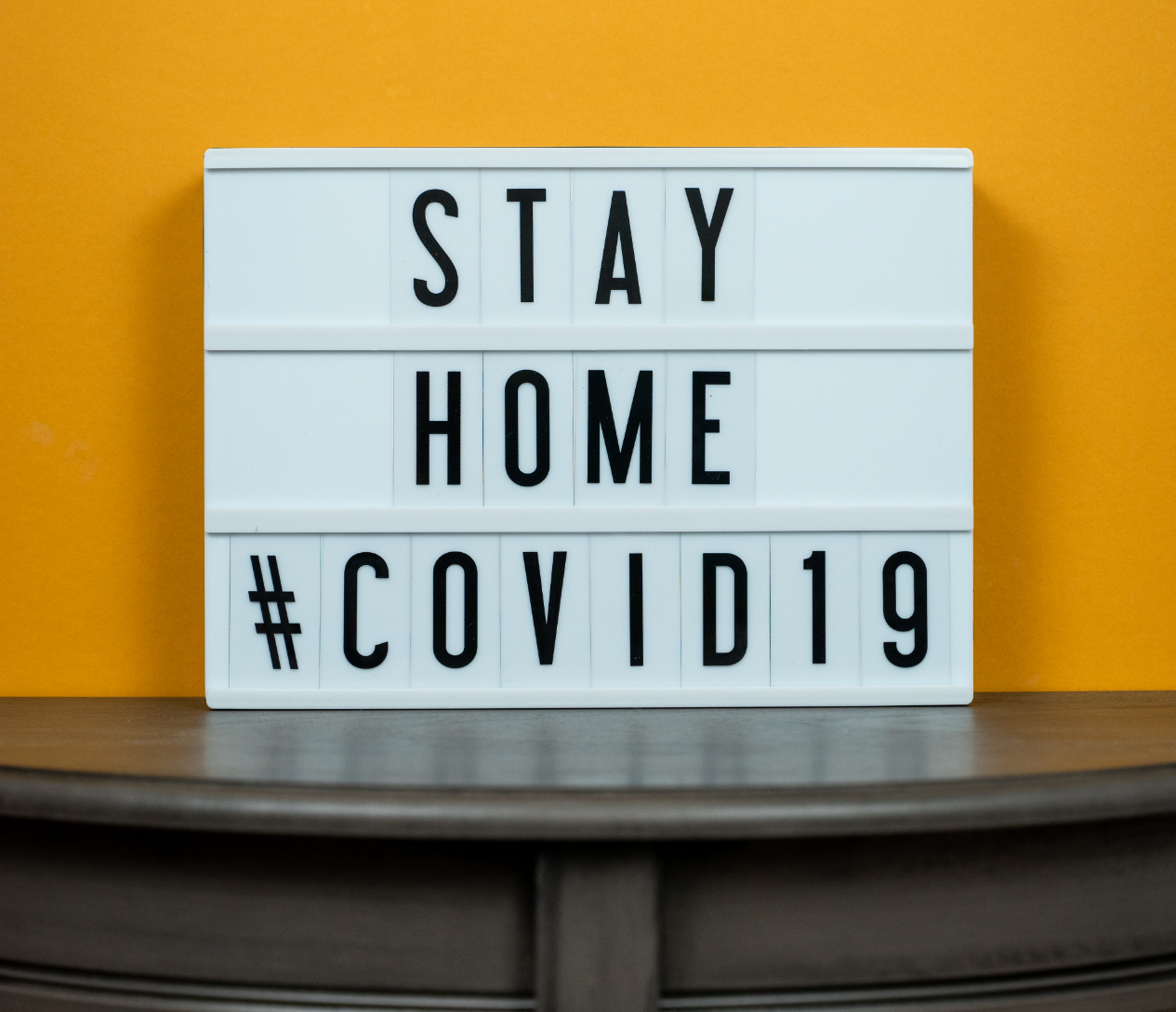What to Do When Social Distancing Meets Social Anxiety
What to Do When Social Distancing Meets Social Anxiety

You know that anxious feeling when you’re not sure what others think of you, leaving you with a sneaking suspicion that you’re making a fool of yourself? It’s called social anxiety. And while everyone has some social anxiety, for many, high social anxiety gets in the way of meaningful social connections and quality of life.
So what happens when social distancing policies tell you to stay away from people? For those with high social anxiety, this likely comes as a big relief. However, even though less pressure and opportunity to socialize may ease anxiety for the time being, the reality is that the best way to beat social anxiety for good is to stay engaged with meaningful social activities, even when you feel anxious.
Why does staying engaged help? Decreased social contact lets anxiety incubate and makes it harder to make and maintain progress. Research shows that the more you avoid what you fear, the more anxiety builds up over time, making it even harder to engage going forward. Also, avoiding social interaction can cause isolation and loneliness, which increases the chance of developing depression.
What to do:
- Be kind to yourself. Even if social anxiety is low, other types of anxiety may be high due to changing daily routines, financial stress, and uncertainty around health and safety. Recognize the sources of your anxiety and try to balance short-term soothing and self-care activities with occasional nudges outside your comfort zone that can help you make long-term progress towards overcoming social anxiety.
- Remember your long-term goals. When this crisis has passed and you resume your usual activities, what specifically would you like to be able to do that social anxiety typically gets in the way of? Initiate social plans? Speak up at work? Go on dates? It may help to focus on one or two long-term goals that are most important for you, even if it may take a while to get there.
- Take small steps now. Based on your long-term goals, what small steps could you take right now? For example, if initiating group social plans is important to you but you typically avoid it, start by reaching out to one friend or family member to schedule a video chat. After practicing that a few times, move on to initiating a virtual get-together for two or three people. The goal is to create a series of mini-challenges for yourself to do things that you know are safe, that will improve your quality of life, but that you typically feel some anxiety while doing and/or tend to avoid altogether. Before each mini-challenge, try to figure out what you’re most worried will happen, and afterwards, reflect on what actually happened. Was the outcome you feared as likely or as catastrophic as you thought it would be?
- Adapt for social distancing. Take a moment to assess what aspects of your current life circumstances may be causing social anxiety as well as what activities you may be unnecessarily avoiding because of social fears. If use of technology (e.g., video conferencing, phone calls) increases anxiety, it can help to practice using the technology without a social anxiety challenge first. Alternately, if use of technology makes social situations easier, use this as an opportunity to really challenge yourself, perhaps by making a small mistake on purpose to see if it’s as bad as you thought it would be. And remember: when you hear social distancing, think distant socializing!
- Celebrate your accomplishments. Stepping out of your comfort zone to challenge anxiety is hard. You should expect to feel anxious when doing these exercises, and that’s okay! Make sure to notice what you learned (e.g., “it’s not as bad as I thought”) and celebrate your successes, no matter how small.
If you want more: Check out ADAA’s find a therapist feature to connect with a clinician who can give you personalized guidance and support.













